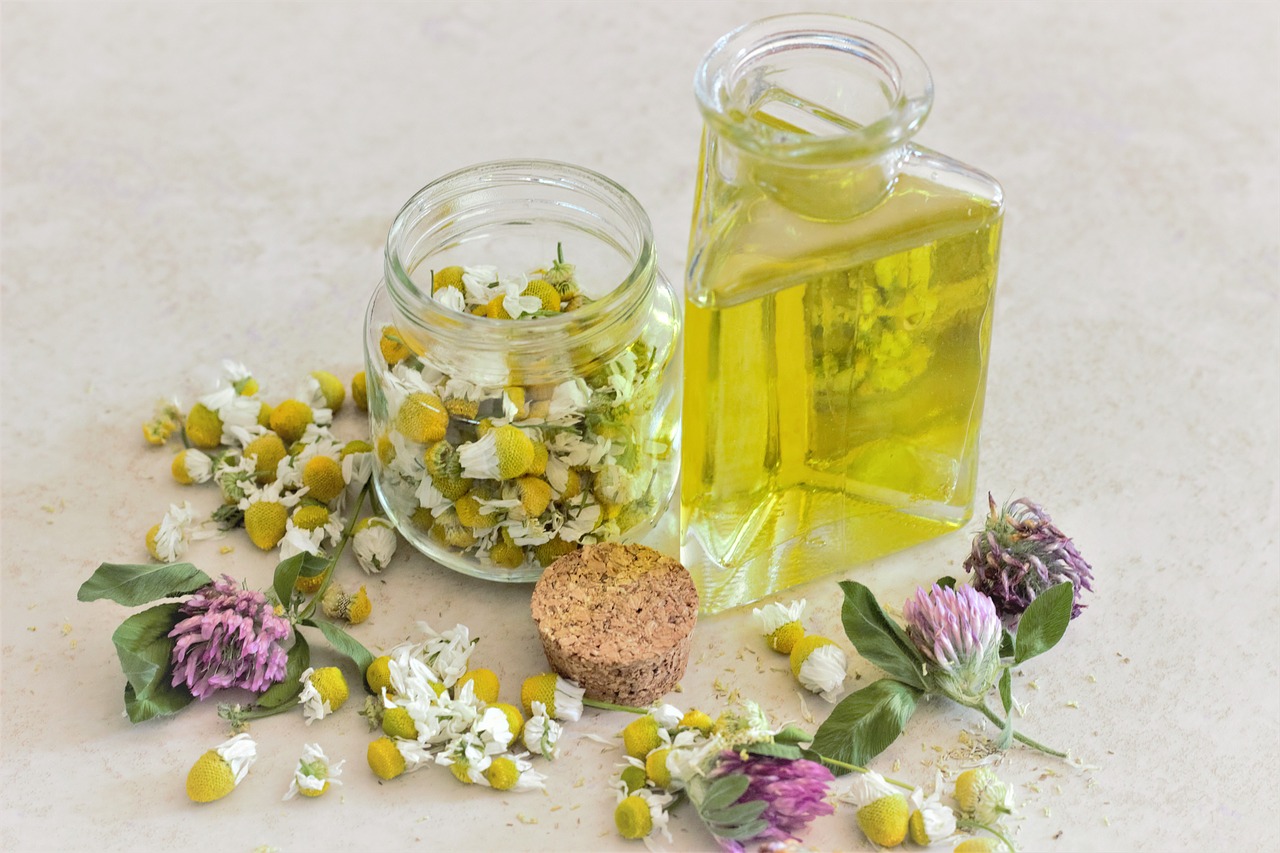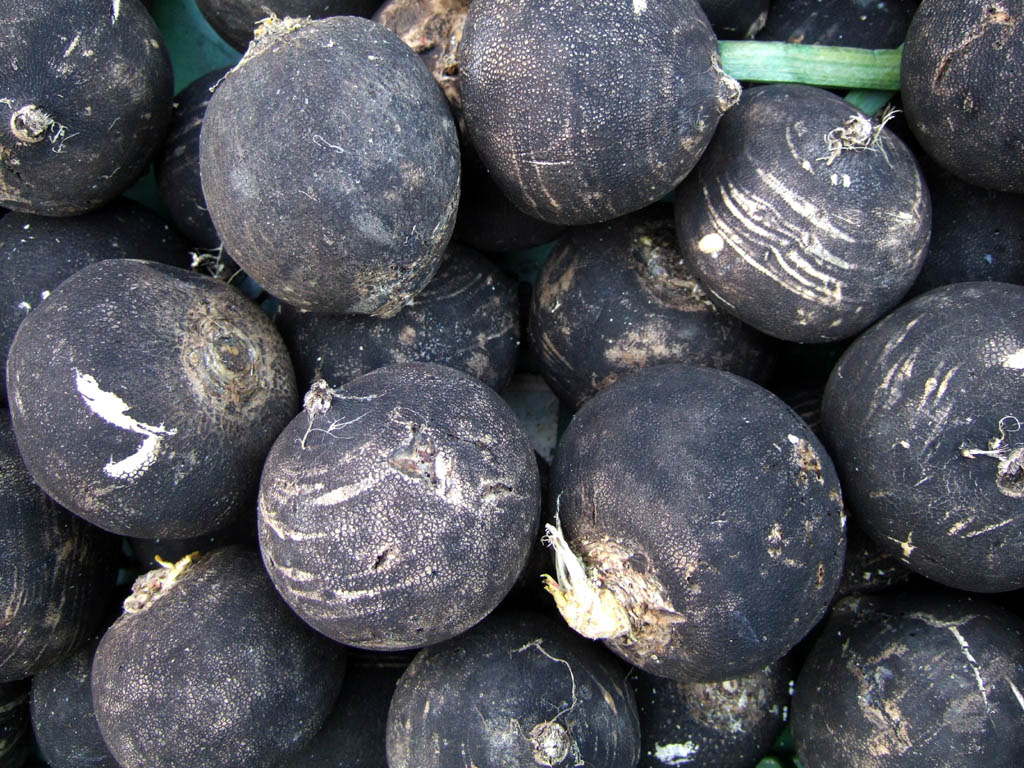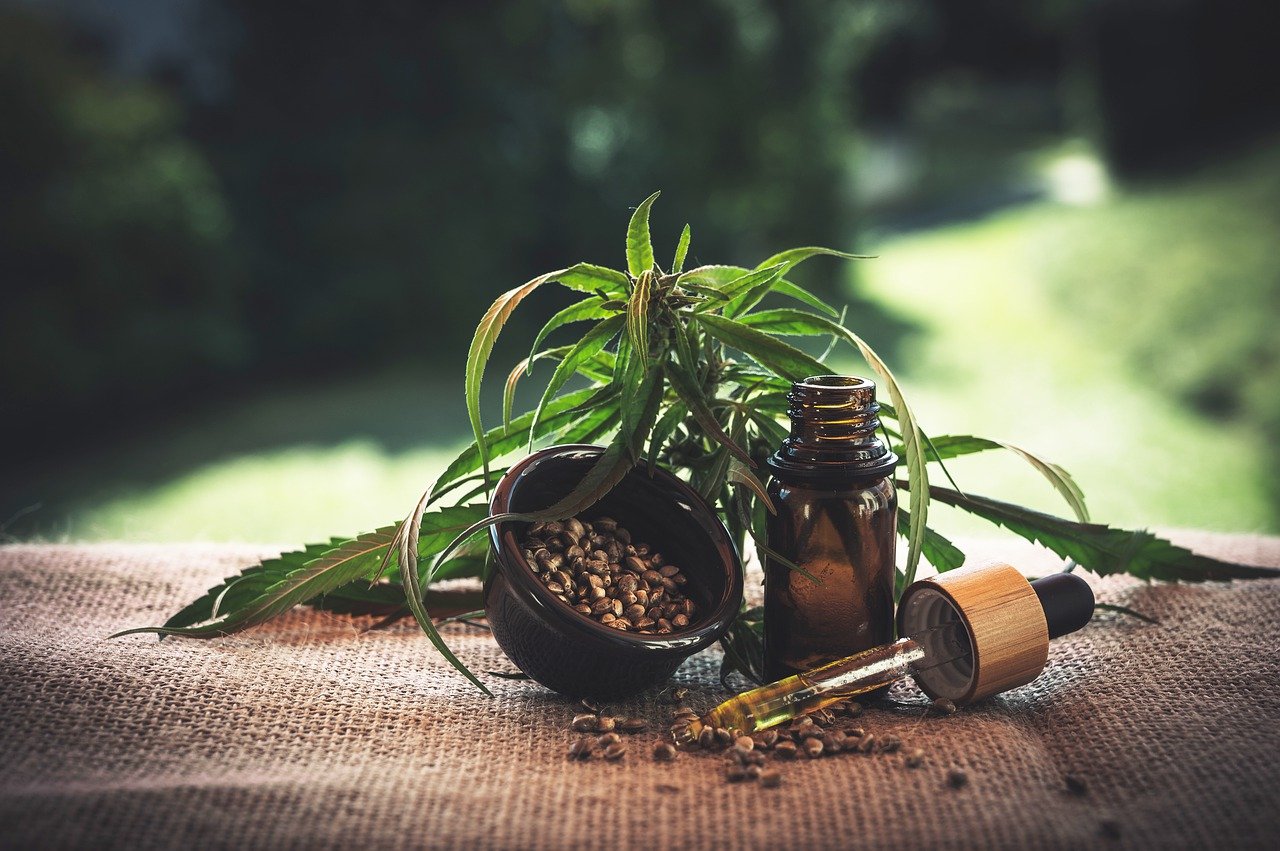Traditional Hungarian folk methods to cure your ailments

When it comes to Hungarian remedies, many people would immediately think of Pálinka. In truth, many people would offer you a sip of Pálinka of their own creation or some of their acquaintance’s miracle elixir as soon as they heard you have a cold, or basically any other ailment, be it physical or emotional. And yes, those people are right, a Hungarian folk-rock band even wrote a song about the superpowers of this Hungarian Aqua vitae, but in this article, you can read about something else.
Before going further, we immediately need to mention the holder of the second place regarding all Hungarian remedies, which is a good, warm plate of traditional Hungarian húsleves a.k.a. chicken soup. These two are the staple when it comes to offering at-home cures for simple ailments, but sometimes, these are not enough. If that happens, older generations of Hungarians or people living in more rural areas have a plethora of traditional folk remedies that they can turn to. Some of them are not exactly proven to be helpful by modern medicine, but some people swear by them. Let us see some of the recipes and ingredients that could help you overcome your next stubborn cold.
Garlic
Garlic is heavily featured in Hungarian gastronomy, and most Hungarians do love it. You can find it in basically any traditional goulash and most stews, and we put it on lángos as well. But according to folklore, it also helps to cure a lot of illnesses and other health-related problems. It is said that it can help with stomach aches or other gastrointestinal problems, it can clear out your airways, it helps to lower cholesterol levels, and it is both antibacterial and antiviral.
If you had hordeolum, people would cut a clove of garlic and smear some of the garlic juices on it. If someone had an earache, they might put half a clove into their ear, and if people had a sore throat, they basically made tea out of it. The most common way people still use garlic is either to mix it with honey and put it on toast or to make tea out of it.

According to Hellovidék, there is a Transylvanian recipe which calls for 1 whole garlic, the juice of 1 lemon, and about 4 dl of cold water. What you need to do is mix everything together and drink about 0.5 dl every morning on an empty stomach. It is believed that the antiviral and antibacterial effect of the garlic will cure any cold or small ailments but should not be used for over 10 days.
If you literally cannot stomach the previous recipe, you can cheat a bit and put it into some meat. You would need 500 g of pork tenderloin, 3 large cloves of garlic, 300 g of bacon, 0.5 teaspoonful of ground rosemary, the same amount of salt, and some pepper to taste. You basically cut the cloves into large pieces and hide it inside the tenderloin and wrap it into the bacon. Sear the bacon in a pan, then cook the whole thing in the oven at 160°C. Let it cool and make thin slices for sandwiches. If you want to superpower the airway cleaning effect of the garlic, you can have some freshly grated horseradish. Your nose will be so clean you could smell a rose from miles away.
Thyme
Thyme is actually a group of plants that has been used as a herb since the antiquities, and it is also an important part of Mediterranean and French cuisine as well as some Hungarian recipes. According to Egészségkalauz, it is one of the strongest anti-pathogenic herbs you could easily grow in your garden. Some say it is nearly as potent as garlic in many ways. The aromatic oils and other chemical compounds in the thyme can combat many bacteria and fungi. Traditionally, thyme was also used to help conserve food as it kills bacteria that can cause diarrhoea, for example.

Thyme was often used to help mitigate the infections and inflammations of the upper respiratory tract. It helps to get over sore throats and can relieve coughs. It also helps to dissolve the mucus accumulated in the airways and ensures that you can take a deep, clean breath. Thanks to the antibacterial, antiseptic, and antiviral effects of thyme, it is generally a good way to strengthen your immune system. And, last but not least, thanks to its diuretic effect, thyme can help normalise blood pressure and can help to protect your blood vessels against vasoconstriction. You can easily make a thyme tea and drink it two or three times a day, or you can create a thyme bath and also relax while the oils and other compounds do their job.
Chamomile
This might not be a surprise as the health benefits of chamomile are scientifically proven, and it is grown in many places for its uses. In Hungary, it grows in saline areas of the Great Plain and has become a Hungarikum as well, but it is part of the medicine box (usually a cookie tin) of almost all Hungarian households. Chamomile is best known for its anti-inflammatory, antispasmodic, antifungal, and antibacterial effects. It has a wide variety of applications both externally and through consumption.

The first use is to either make a chamomile tea (do not forget the Hungarian cure-all, the acacia honey) or to make a larger batch of solution, heat it until steaming hot, lean over it, and inhale the chamomile steam. According to Házipatika, these methods help clean your airways and mitigate any symptoms of a cold or sore throat and can even reduce inflammation in the upper respiratory tracts. If consumed, it also has health benefits for your gastrointestinal system: it helps with problems such as gastric ulcers and bloating. Due to its antibacterial and antifungal effect, its solution can also be used to heal wounds faster, cure eczema, or simply help disinfect your skin.
Black radish
From the outside, black radish might look intimidating, or even sinister, like something a witch might put into their cauldron. Despite its rather unusual and evil look, this vegetable is actually very good for your health. It contains vitamins A, B, C, and E, as well as calcium, magnesium, and iron, among many other things. This radish, which is harvested around October, is a great way to replace essential nutrients during the winter, says Házipatika.

In folk medicine, it has been well-known for centuries for its beneficial effects on the digestive system. It can enhance digestion, inhibit the forming of gallstones, and it also has bile diuretic effects. Black radish also strengthens your liver and helps the organ to regenerate faster. You might need to give it a shot the next time you have a hangover. You can look up recipes, but for the strongest effect, it is best to grate it and squeeze its juices well. Eat a tablespoon of the juice after one of the main courses every day. Some herb stores may even offer black radish drops.
Hemp
It is just now coming back in Hungary for medicinal uses, but believe it or not, hemp was widely used even a few decades back. It was useful as a weaving material but also as a herb. Ökonatura says that people made cigarettes and tea out of it to cure asthma and allergies, but it was also used to make ointments for wounds. Traditionally, people also used hemp to treat impotency and to help soothe the stomach and intestines. It helped people with no appetite and, combined with an infusion of birch or willow bark, it was used to cure fever.

Some other interesting things
- Folk medicine called for milk freshly curdled with vinegar for an inflamed eye.
- Dill seed fomentation was also used against inflamed eyes.
- People treated cataract with walnut leaf fomentation, and in some cases, they thought that powdered glass would scrape away the cataract.
- They told cross-eyed people to often lace a string into sewing needles, which slightly improved their vision.
- Incantation or charms were also a common way to try and cure illnesses, as it was ancient Hungarian belief that every spoken word held power. This might have had a placebo effect.
- There are notes on treating illnesses with sounds and singing, and there are records of early masseurs and bonesetters (chiropractor) as well.
Just to make sure, please have a chat with your general practitioner before using any of the tips and tricks in this article, and only do them at your own risk. Although some are well-recorded and without almost any side effects, it is not worth risking your health, so please be safe.
Featured image: Hungarikum.hu
Source: Hellovidék.hu, Egészségkalauz.hu, Házipatika.com, Ökonatura.hu, Daily News Hungary





